Every spring, novice and experienced forgers alike are on the hunt for a wild food delicacy known as “Ramps”.
Ramps (Allium tricoccum) are a species of (Allium) that is native to North america and Canada. In the northern region they are referred to as wild leeks and in the southern regions they are called ramps and sometimes wild garlic. This is because like most Allium species, they have a pungent onion garlicky flavor.
Europe has it’s own variety of this plant that is referred to as bear garlic or wild garlic (Allium ursinum). Many throughout those countries believe this is the true wild garlic, and that our species is more of a wild leek. Both varieties, however, are delicious and dense with nutrients, making them one of the best wild foods to find during spring.
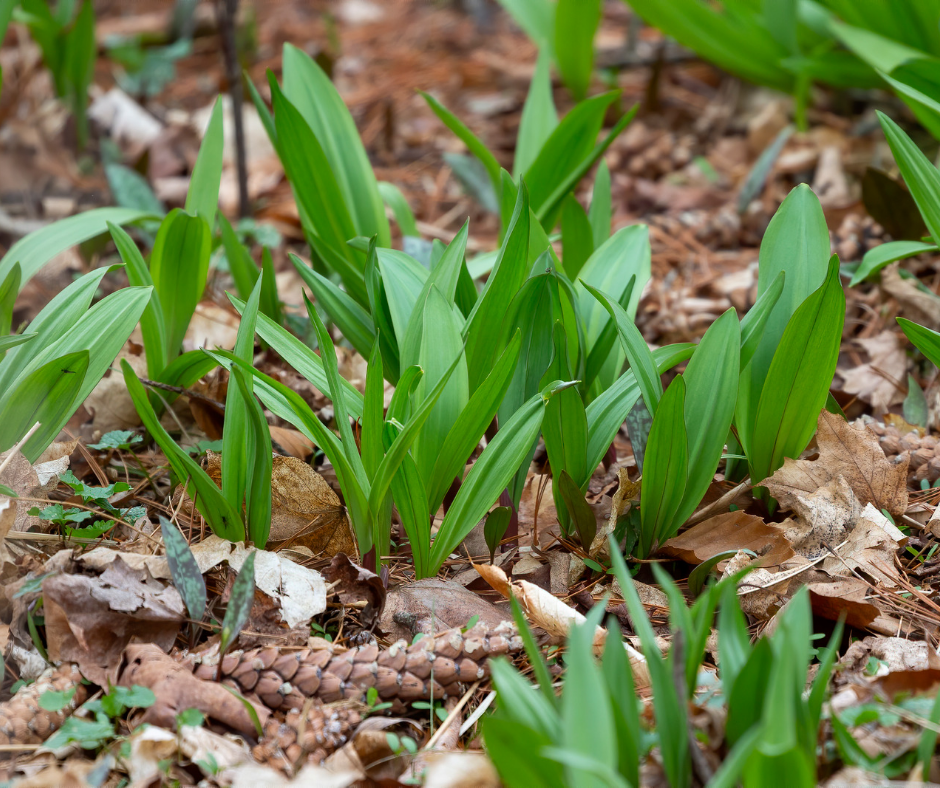
So where is the problem?
In recent years, ramp populations have declined drastically, mainly due to overharvesting and poor foraging practices. Unfortunately many people are not aware of how to sustainably harvest them and others simply don’t care. This has caused a lot of tension within the foraging communities and has led to public outrage, arguing and belittling.
Everyone wants a little piece of the pie and as humans, we all have equal rights to what the earth produces. However, being on the same page is crucial. This is where education becomes a wonderful tool and is much better than arguing and belittling.
In an attempt to regulate the dwindling ramp populations, many foragers decided on the “one leaf rule”, to sustainability harvest this species. This rule means harvesting only one leaf per ramp plant.
For years now this has been considered the most sustainable way to harvest ramps, and a must do rule, otherwise it is viewed as you are destroying the population. Unfortunately, this rule may be one of the factors contributing to their decline. And athough many of these foragers mean well, they may be actually promoting more harm than good.
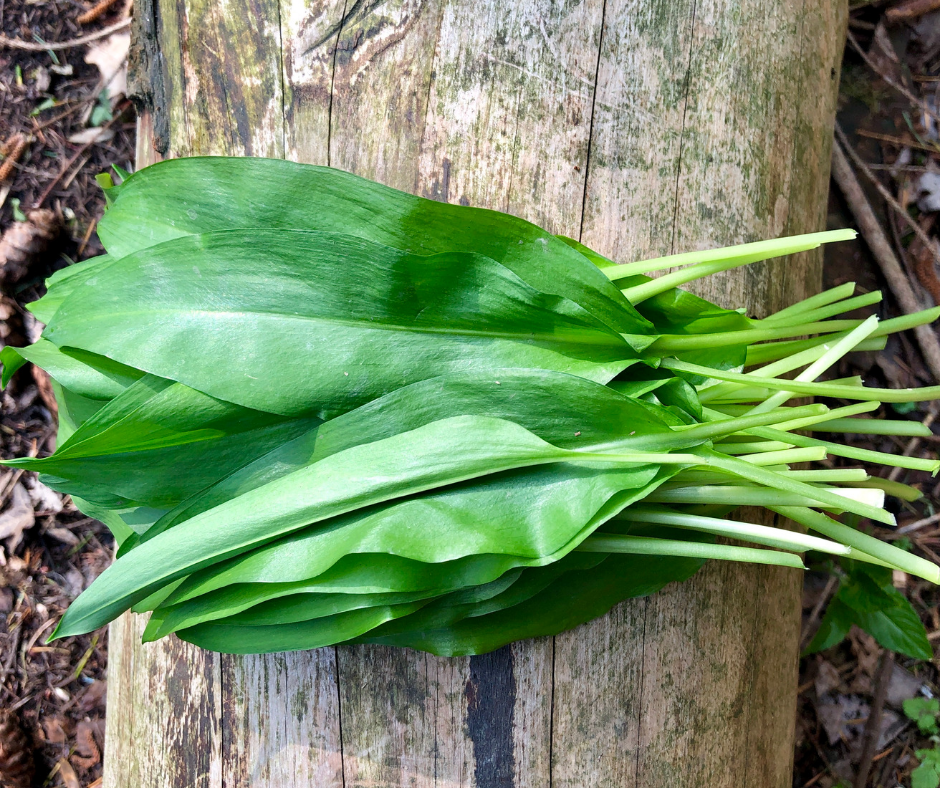
One leaf rule gone wrong
To understand how this all works, we first must go over the growth cycle of the Allium tricoccum species.
From seed, it takes a ramp plant 6-18 months to germinate and then 5- 7 years for the plant to reach full maturity. Once mature, the plant goes to flower and eventually releases it’s seeds. Ramps are asexual and also spread vegetatively through rhizomes (horizontal rootstalks) that can produce new plants, but this process also can take years (typically 4-5).
When we pull an entire plant up before it has reached maturity, it has no time to spread it’s seeds, nor spread through bulb division. This is where it is said that harvesting one leaf, and leaving a leaf, is the best thing to do because the plant can continue to photosynthesize, grow and eventually spread. But is this completely true?
See, photosynthesis is when plants turn sunlight into energy, and this process is actually the most important thing to a plant aside from H20 (water). Cutting one leaf (the plants solar panel) actually reduces the photosynthesis in early stage bulb development and could potentially stunt the growth of the plant. It also leaves the remaining solar panels (leaves) susceptible to decay from fungi and bacteria. This ultimately shortens the season of photosynthesis and greatly reduces the biomass of the total population.
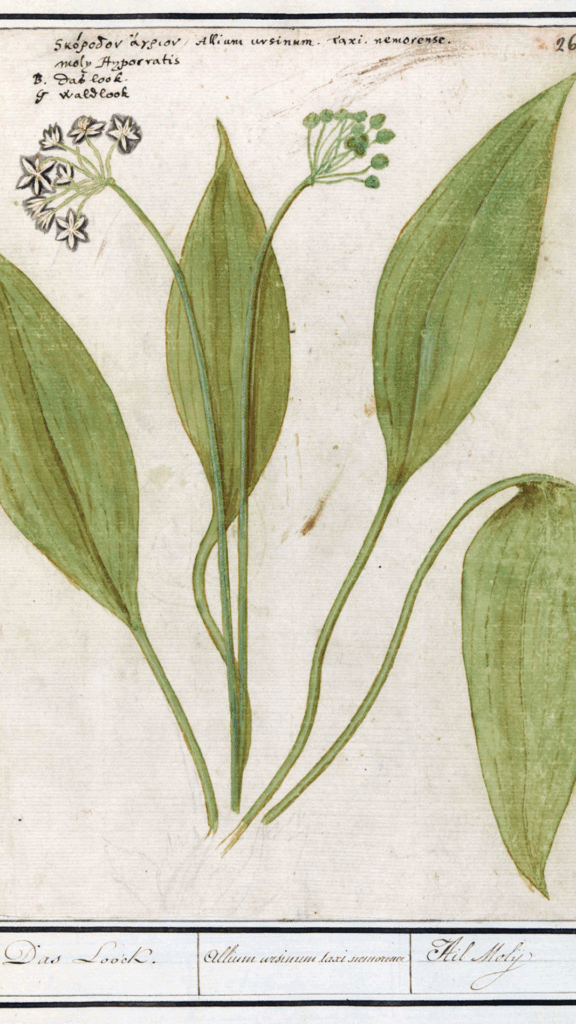
Now I don’t believe the one leaf rule is inherently bad, and certainly has its place, but this all depends on the situation.
In most cases, 3-4 weeks after ramps emerge, they usually have had enough time to photosynthesize and store energy. At this point, taking one leaf wouldn’t be a problem at all, and would still allow the plant to thrive and spread.
Sounds simple enough right? Unfortunately this only complicates things.
See, when a forager finds a ramp patch, especially on public, land they have no knowledge of who has harvested from that same patch earlier that day, week, etc. They also usually don’t know the age of the patch, when it started to emerge and so on. This is where the one leaf rule can become a problem.
If one leaf is taken from young plants that have not fully established or photosynthesized yet, it will ultimately put those plants in jeopardy, stunt their growth and potentially leave them susceptible to invading microbes that could kill the plant. This, of course, would eventually begin to affect the entire patch.
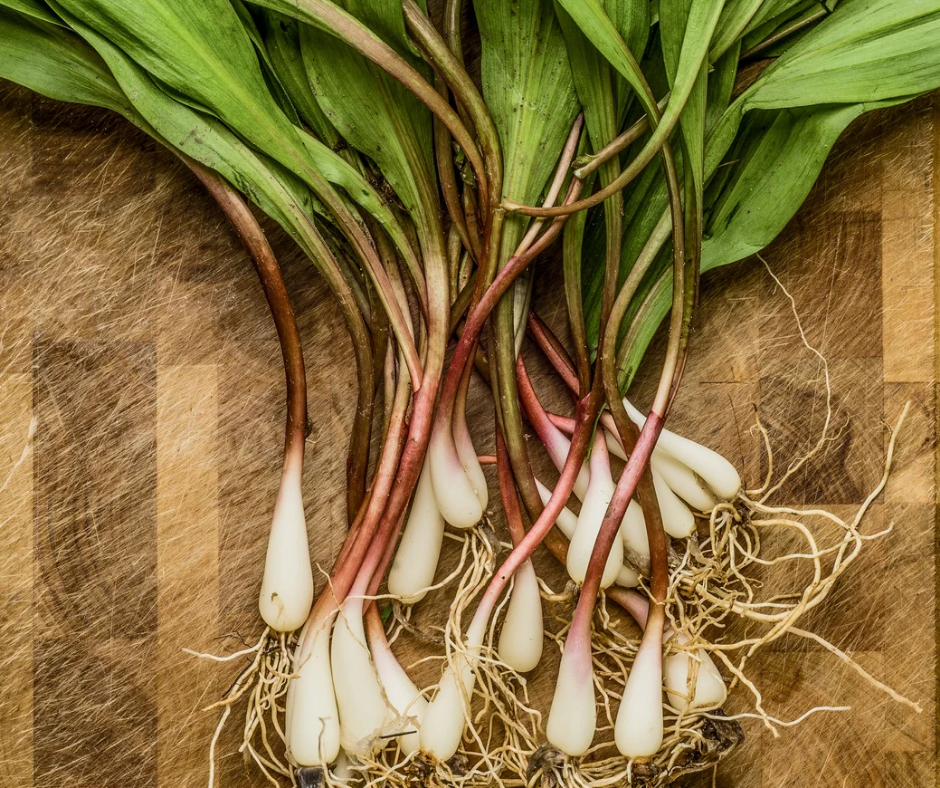
Should we harvest bulbs instead?
Thinning ramp patches by removing the whole plant from spaces that are densely populated will allow remaining plants to have better access to the available resources. This actually keeps large populations healthier and gives them the room and resources they need to continue to thrive.
When bulbs or the entire plant is harvested, it is recommended to only harvest 10% of the patch. This means, if you find a patch of 30 ramp plants, you should only harvest 3. However, you still need to be conscience about the frequency you harvest. If your patch is still fairly young and you don’t give enough time for proper propagation, you will deplete the patch within a matter of years.
This again is where we find issues when harvesting from public land. You personally may see thirty plants, but somebody else could have harvested ten of them an hour before you got there.
Between the one leaf harvesting of young plants, and the harvesting of entire plants without knowledge of true population numbers, nobody is giving these plants enough time to establish new generations, and too many people are harvesting from the same patch.
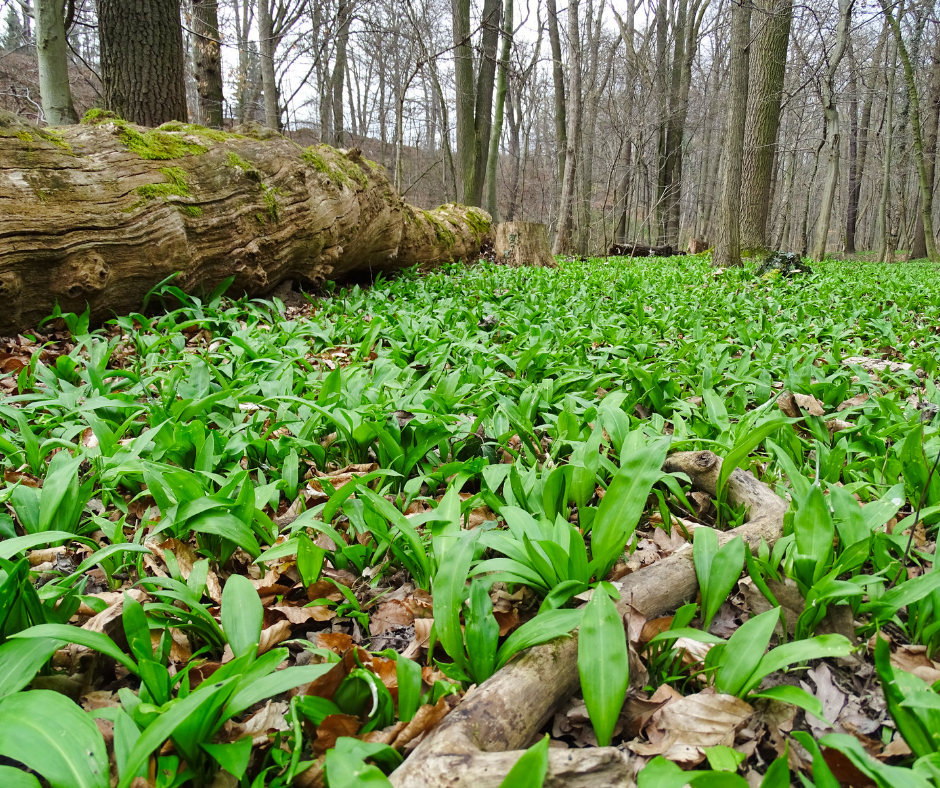
What can we do?
The best thing to do is plant your own ramp patch if you have the space to do so! Believe it or not, ramps are very easy to grow and can even be grown in pots. If you have an area for a small raised bed even, better!
Add soil to something 12 inches deep or larger and plant ramp bulbs 3-6 inches apart. Either build or move your raised bed into the shade. Ramps are woodland plants, so they need protection from summer’s sun and heat. If you can’t plant them on the edge of a woodland, where they will be sheltered as the trees leaf out, at least give them a spot in the shade to partial shade. Soil moisture is key. Ramps require damp soil. Much like the conditions they would grow in naturally, in damp deciduous forest where they stay hydrated. Keep them watered, and they will thrive!
The second best thing we can do is harvested as sustainably as possible and much of this involves observation. If you find a ramp patch on public land, look around for signs of disturbances. Does it look like some of the plants are missing leaves? Can you see if any have been completely dug up? Are there footprints in the area or signs of other human activity? This will give you an idea of how many other people have been hitting that same patch and how frequent.
If you don’t see much activity, and it’s a decent size population, it’s most likely okay to harvest 10% of that patch. If the population is well established and the plants have been emerged for several weeks, harvesting one leaf from a few plants would be perfectly ok too.
If you do decide to harvest entire plants, you can transplant some of the roots with a portion of the bulb still attached in other locations in the area that seem suitable. This will help establish new patches for the future.
If you find a ramp patch and it’s small, simply don’t harvest from it, as much as you might want too. The best thing you can do for that population is give it more time to colonize the area. In a few years, it will become larger and harvesting at least a few leaves at that point would be perfectly fine.
This plant it’s extremely complicated and it’s better to err on the side of caution than not to. We don’t want to be “the people” that contribute to the decline of this species, even if we have the best intentions.
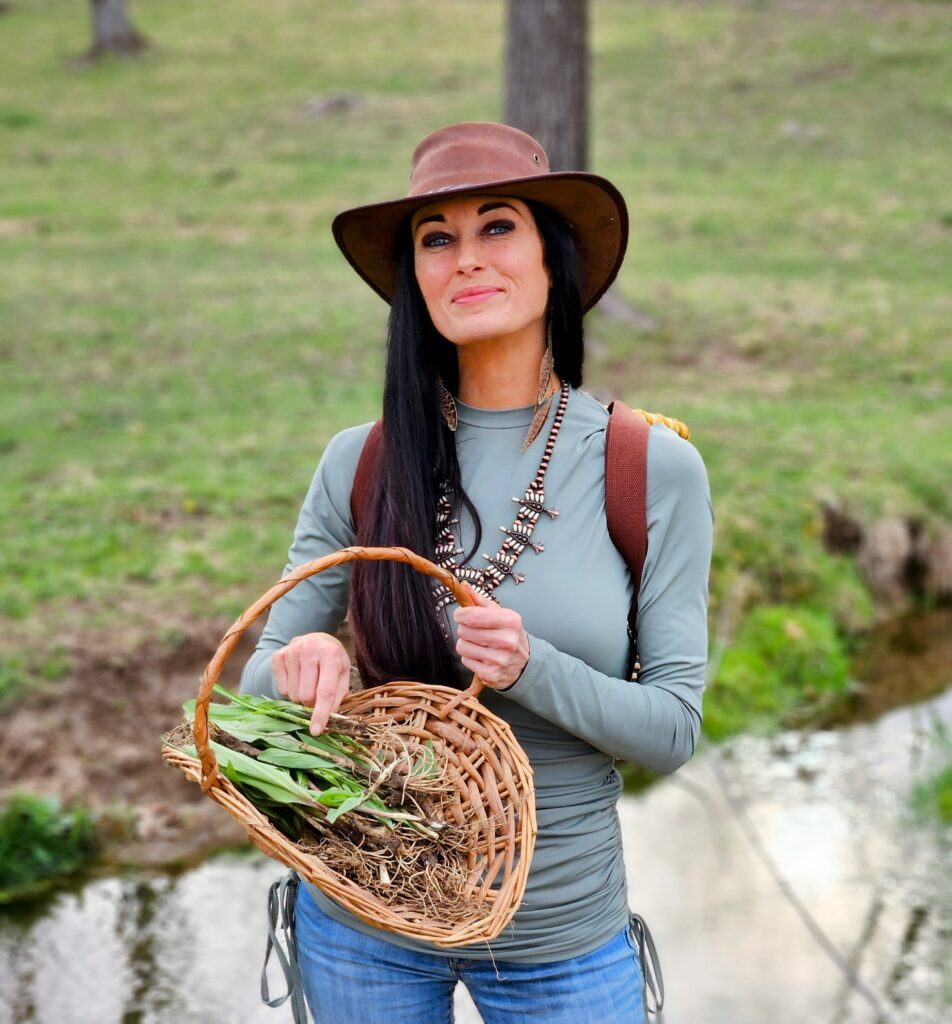
Final Thought
Ramps are amazing, and I do believe that everyone should be able to taste and enjoy them, but we must make sure that it is not at the expense of their extinction in the wild. Be mindful when harvesting, analyze the environment, and make the best educated decision before beginning to gather ramps. Only when all foragers are collectively on the same page, will we begin to see an increase in population numbers once again.
Let’s all do our part in preserving this amazing species and traditional indigenous food for many generations to come.
Stay Wild
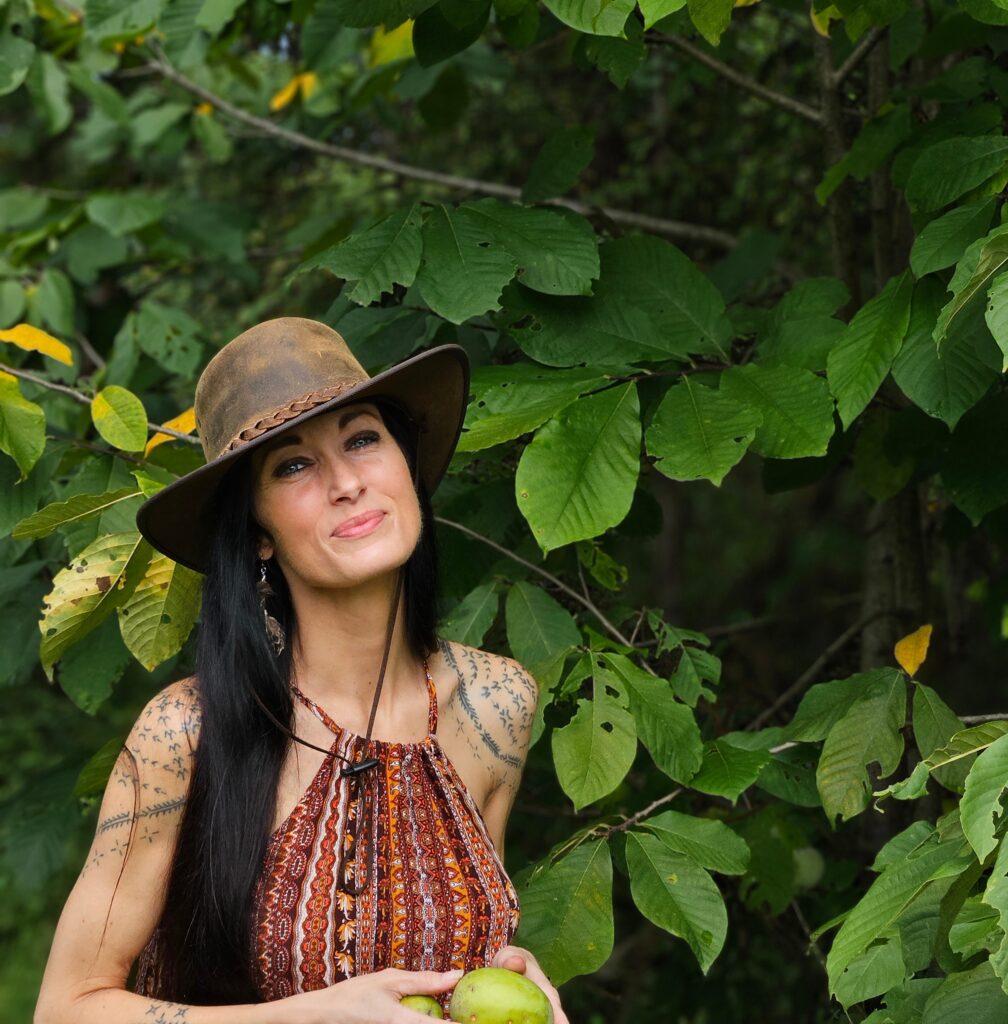
Kayce Heister
Kayce is an Author, Clinical Herbalist, Naturopathic Practitioner (HHP), Active Forager, Wild Food Chef and Mother of three. She has spent the last 20 years practicing herbalism and natural health, and spends most of her time educating others on the amazing potential the natural world can offer.

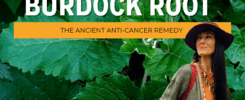
I really enjoyed this article—it’s both informative and engaging.
The site is a great place for valuable insights.